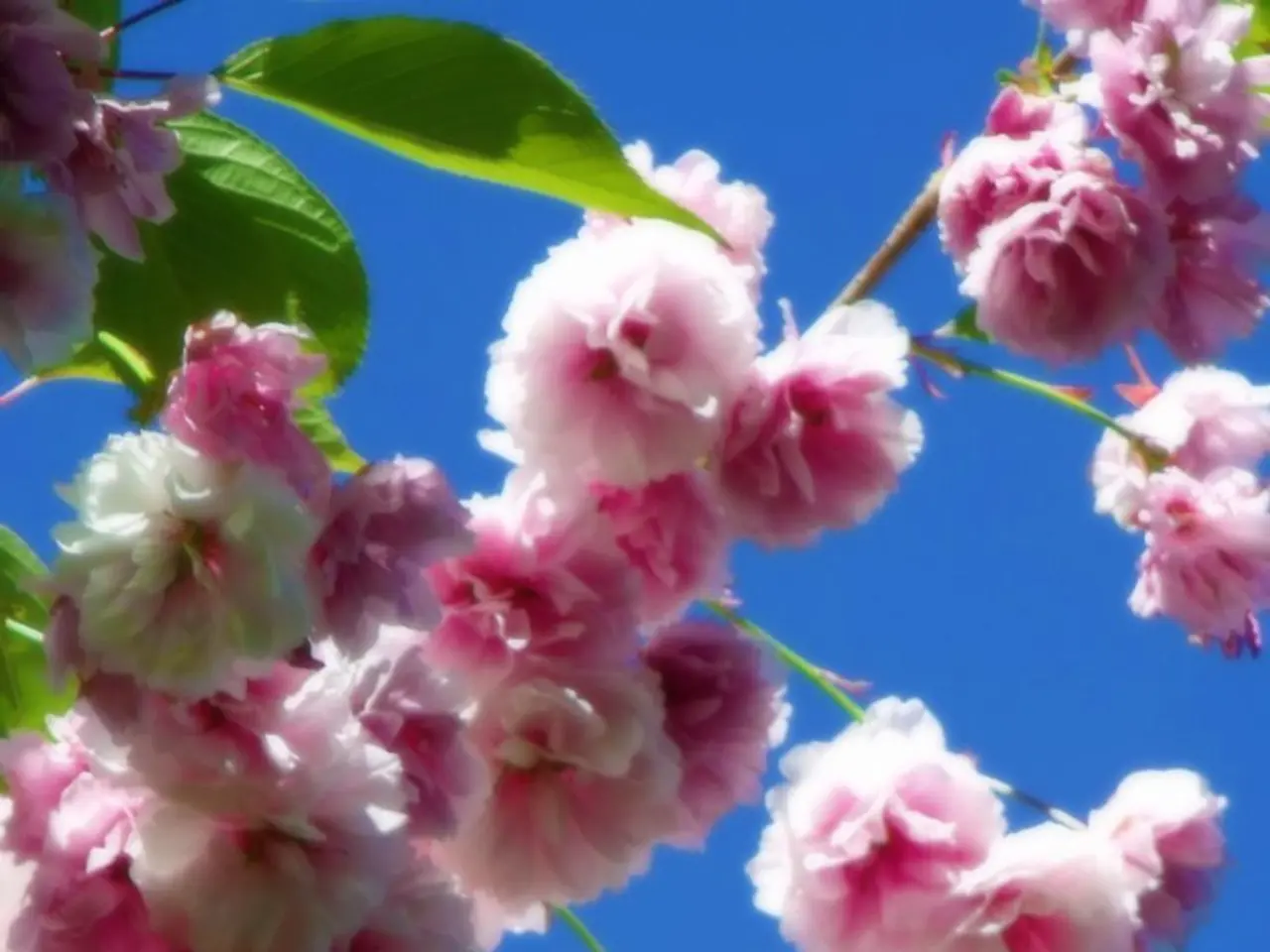Pruning Essential Plants in October – Don't Forget to Capitalize on the Autumn Pruning Opportunity
October is a crucial month for garden maintenance, as it's the ideal time to prune many deciduous trees, shrubs, and perennials before winter sets in. This practice helps prevent diseases, encourages healthy growth in spring, and keeps your garden looking tidy.
Deciduous fruit trees such as apple, pear, and peach can benefit from a good pruning in October. Summer-flowering shrubs like butterfly bush and spirea should also be pruned after they have finished blooming.
Perennials, such as hostas and bearded iris, should be cut back to promote healthy growth. Hostas should be trimmed back, leaving about two or three inches in place to protect the crown of the plant, while bearded iris leaves should be cut back to about six inches from the ground. It's essential to dispose of these cuttings, as hosta leaves left in place can harbor slug eggs, and bearded iris foliage can provide an excellent habitat for fungal pores and iris borers.
Some roses, particularly Knock Out roses, can also be trimmed back in October by about one-third without reducing the number of flowers that appear next season.
Certain evergreens, such as English lavender, can be lightly trimmed to maintain their shape. Pruning English lavender in October helps reduce the risk of rot and fungal diseases.
When pruning in October, it's important to use clean, sharp tools to ensure a clean cut and prevent the spread of diseases.
It's worth noting that not all plants need to be cut back in October. Leaving plant matter until after hard frosts can have benefits, such as reclaiming energy for storage in the roots.
For specific pruning advice, it's recommended to consult gardening resources or the official website of renowned gardening expert Mary Ellen Ellis. While this article provides general guidelines, her guide may offer more detailed information tailored to your specific garden.
Lastly, compost plant material, unless it looks diseased, to enrich your soil. Diseased plant material should be discarded to prevent the spread of diseases in your garden.
By following these guidelines, you'll ensure a healthy and vibrant garden through the winter months and into the spring. Happy pruning!
Maintaining a home-and-garden lifestyle in October involves pruning deciduous fruit trees, such as apple, pear, and peach, to promote healthy growth. Additionally, perennials like hostas and bearded iris need to be cut back to encourage healthy growth, with hostas trimmed back to protect the plant's crown and bearded iris leaves cut back to six inches from the ground.







